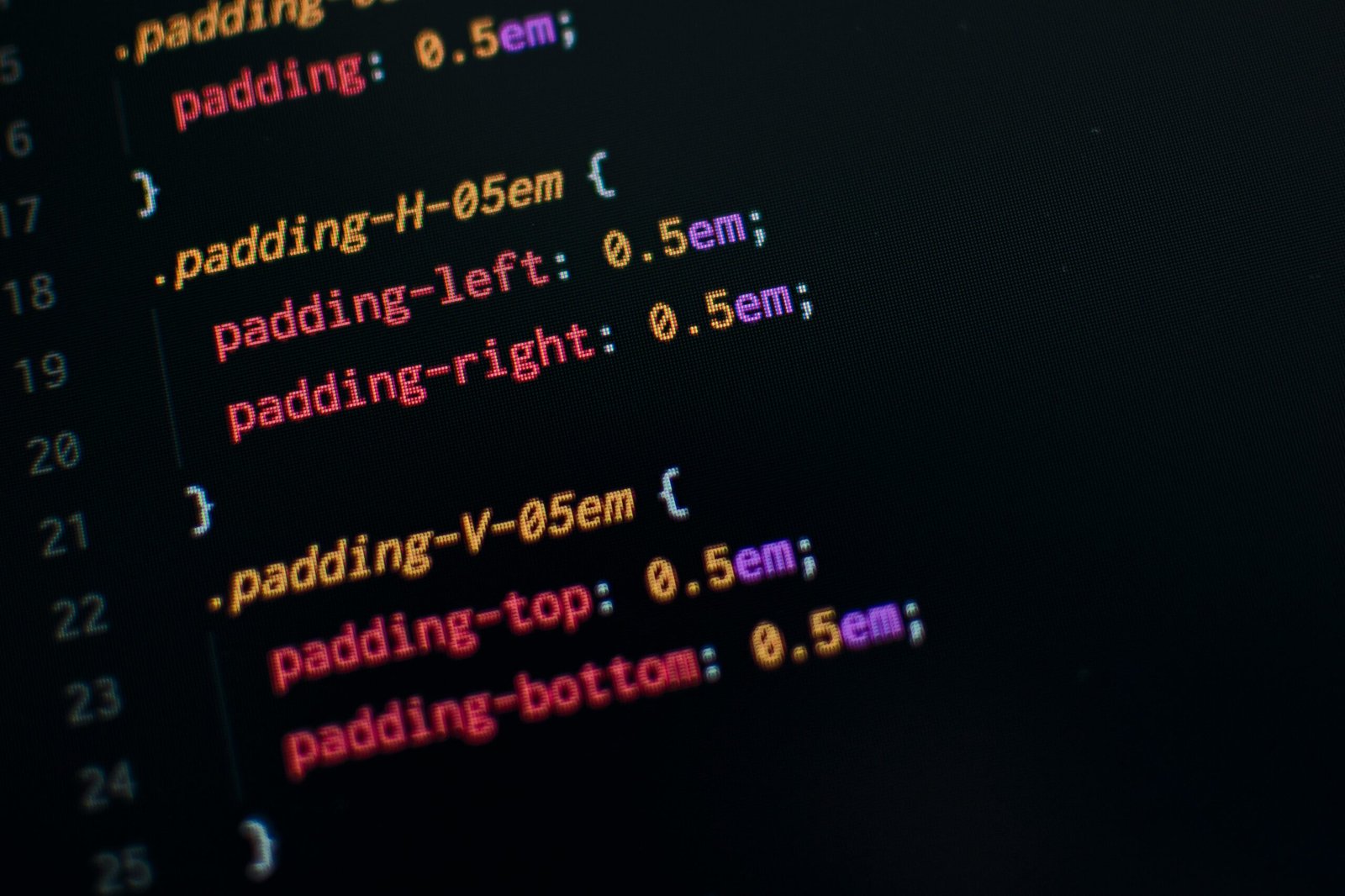Contents
Introduction
Creating a sticky table header in CSS can enhance the user experience by keeping important information visible while scrolling through a table. This is particularly useful for large datasets. In this blog post, we will explore how to achieve this effect using CSS.
Understanding Sticky Positioning
The CSS property position: sticky; is a hybrid of relative and fixed positioning. An element with position: sticky; behaves like a relatively positioned element until it crosses a specified threshold, after which it becomes fixed. This makes it ideal for creating sticky table headers.
Steps to Make Table Header Sticky
To make a table header sticky, you need to apply the position: sticky; property to the <th> elements. Here is a simple example:
table {width: 100%;border-collapse: collapse;}th {position: -webkit-sticky; /* For Safari */position: sticky;top: 0;background-color: #fff;z-index: 1;}In this example, the top: 0; ensures that the header sticks to the top of the table. The background-color property is used to maintain the header’s visibility, and z-index: 1 ensures that the header stays on top of other table rows.
Browser Compatibility
While the position: sticky; property is widely supported in modern browsers, it is always a good idea to test your implementation across different browsers to ensure compatibility. Additionally, using vendor prefixes like -webkit- can help with older versions of some browsers.
Conclusion
Making a table header sticky in CSS is a straightforward process that can significantly improve the usability of your tables, especially when dealing with large datasets. By understanding and applying the position: sticky; property, you can keep your table headers in view and make your data easier to navigate.

